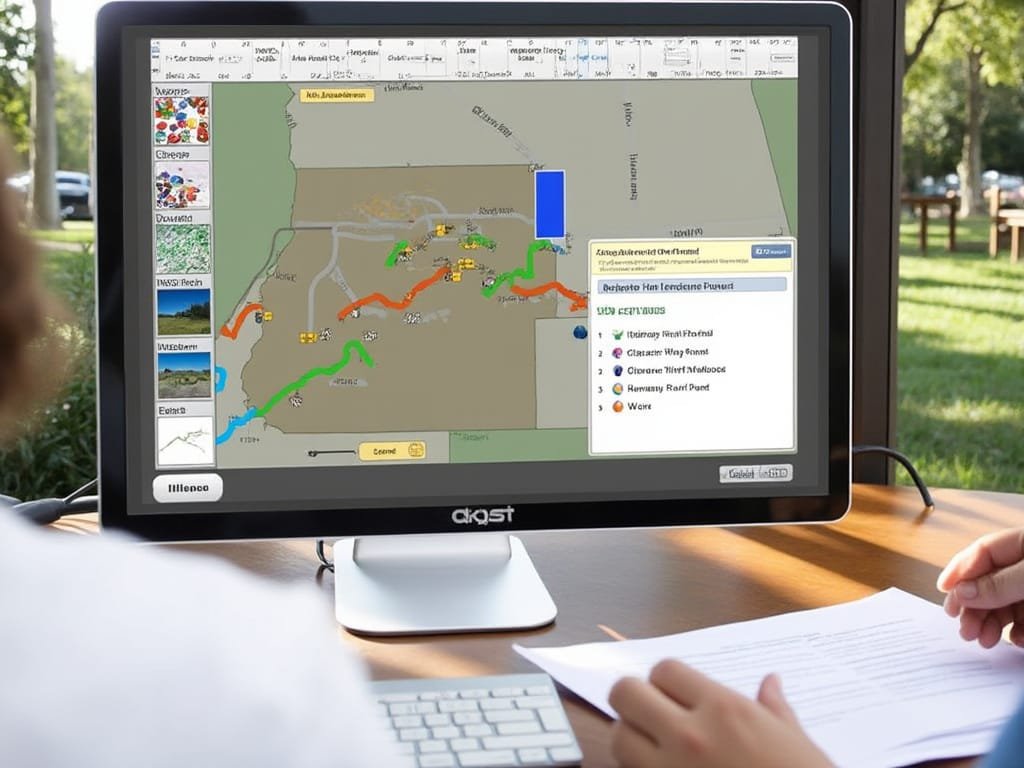
Crop prediction is a critical component of modern agriculture, influencing everything from planting schedules to market strategies. In Illinois and Minnesota, farmers are harnessing the power of advanced technologies—such as data analytics and ERP software—to enhance crop prediction accuracy. This article explores how these technologies improve real-time decision-making, impacting profitability and resource management.
Accurate crop prediction helps farmers anticipate yield, manage resources efficiently, and plan for market fluctuations. Traditional methods relied heavily on historical data and personal experience, which may not account for sudden changes in weather patterns or pest infestations.
Modern agricultural software integrates various data sources, including:
Case Study: Tom Anderson, Illinois
Tom Anderson implemented an advanced ERP system that integrated satellite imagery and soil sensors. By analyzing this data, he improved his yield predictions by 20%, enabling him to adjust his planting density and irrigation schedules accordingly10.
Access to real-time data allows farmers to make immediate adjustments to their operations.
Case Study: Emily Larson, Minnesota
Emily Larson used agricultural software to monitor pest populations in her fields. Early detection allowed her to apply targeted treatments, preventing widespread damage and saving an estimated $15,000 in potential losses11.
Accurate crop predictions influence several profitability factors:
The University of Illinois conducted a study showing that farmers using predictive analytics experienced an average of 15% increase in profitability due to better decision-making12.
Several platforms offer crop prediction capabilities, including:
Universities provide resources and support for farmers adopting new technologies.
Conclusion
The integration of advanced agricultural software technology is proving invaluable for farmers in Illinois and Minnesota. Enhanced crop prediction not only improves real-time decision-making but also contributes significantly to profitability and sustainable resource management.
Sources